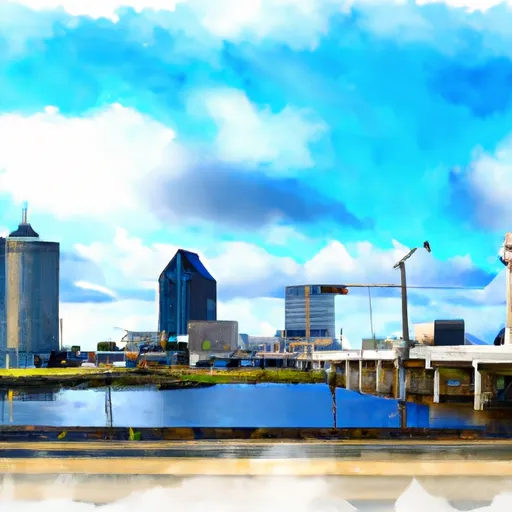°F
°F
mph
Windspeed
%
Humidity











Lake Charles is a vibrant city located in southwestern Louisiana, known for its unique blend of Cajun and Creole culture. The city enjoys a humid subtropical climate, characterized by hot and humid summers and mild winters. Summers are typically long, with temperatures often reaching the mid-90s (Fahrenheit), while winters are generally mild, with temperatures rarely dropping below freezing.
Lake Charles is surrounded by water bodies, including the Calcasieu River, Lake Charles, and Prien Lake. These hydrology constituents contribute to the city's natural beauty and offer a variety of outdoor recreation opportunities. Fishing enthusiasts can enjoy catching a wide range of freshwater species, such as bass, catfish, and crappie. Boating, kayaking, and paddleboarding are popular activities on the lakes and rivers.
For nature lovers, Sam Houston Jones State Park provides ample opportunities for hiking, birdwatching, and camping. The park boasts diverse ecosystems, including marshes, pine forests, and cypress-tupelo swamps. Visitors can also explore the Creole Nature Trail, a scenic drive that offers sightings of wildlife, such as alligators, migratory birds, and butterflies.
In conclusion, Lake Charles offers a favorable climate, abundant water resources, and various outdoor activities, making it an attractive destination for nature enthusiasts.
Weather Forecast
Lake-Charles receives approximately 1548mm of rain per year, with humidity levels near 90% and air temperatures averaging around 20°C. Lake-Charles has a plant hardyness factor of 9, meaning plants and agriculture in this region tend to thrive here all year round.
Regional Streamflow Levels
563
Cubic Feet Per Second
32
Cubic Feet Per Second
1,560
Cubic Feet Per Second
1,090
Cubic Feet Per Second
Nearby Camping
| Camping Area | Reservations | Toilets | Showers |
|---|---|---|---|
| Holbrook Parish Park | |||
| Red Bluff Camp Complex | |||
| Enduro Complex | |||
| Kisatchie Bayou Complex | |||
| Fullerton Complex | |||
| Dogwood Complex |



